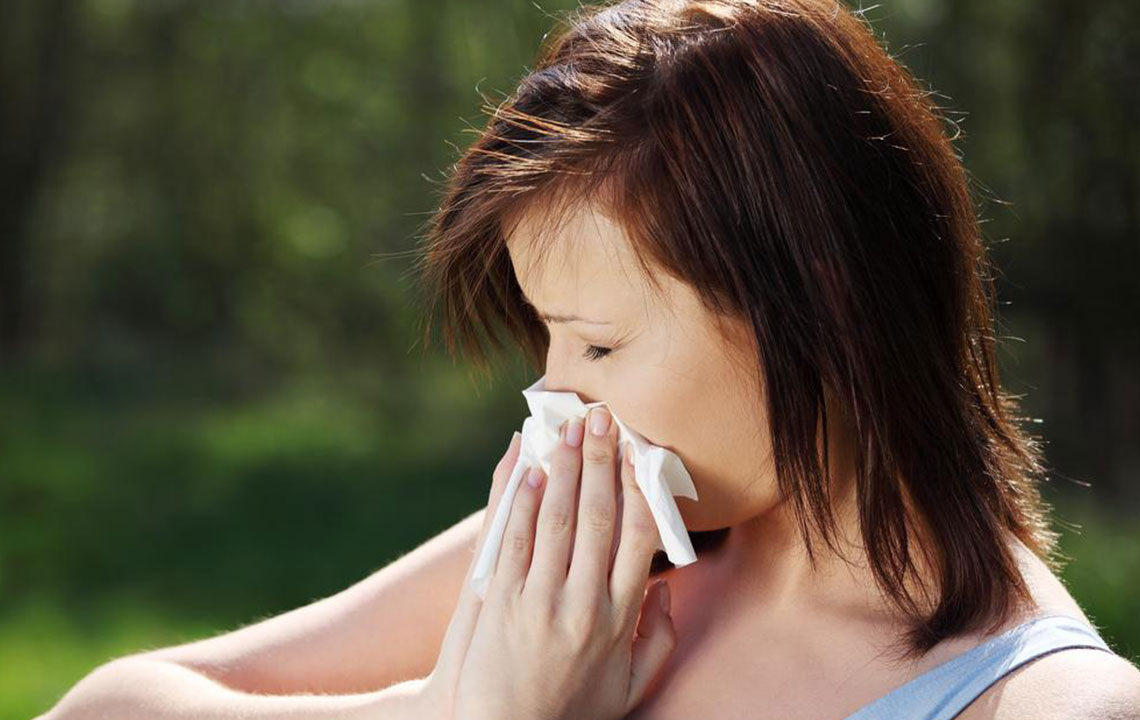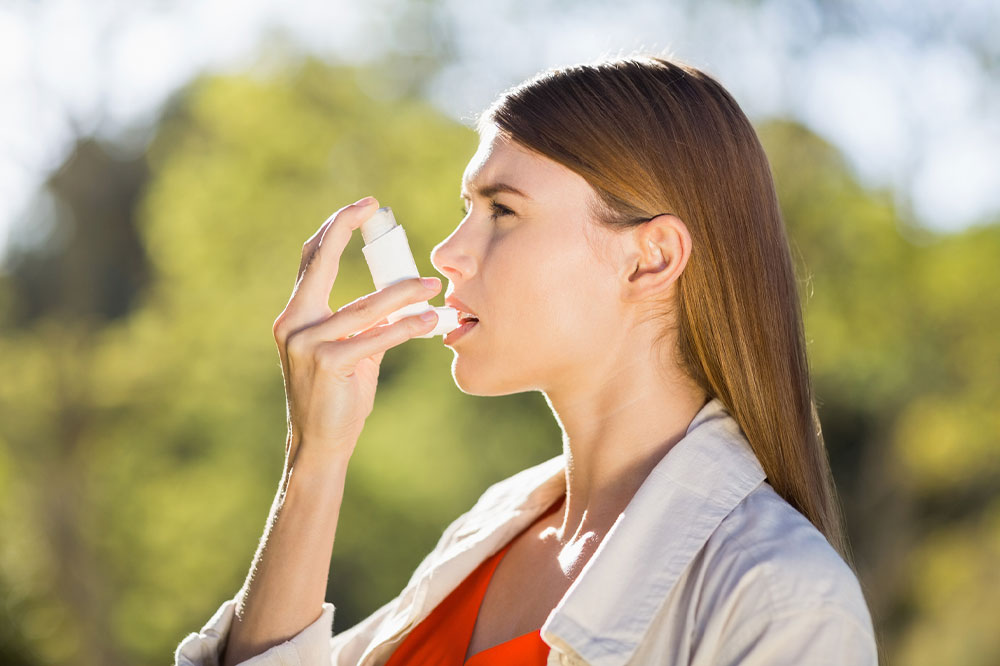Common Treatments for Allergies and Asthma
According to The Mayo Clinic most treatments for asthma and allergies follow their independent paths, and these treatments don’t always work together even where patients suffer from both. While patients with allergies, asthma, or both are often prescribed medications to treat their specific symptoms, doctors concur that the best and most proactive defense is knowing your symptom triggers and avoiding them as much as possible. However, if you suffer from allergy-induced asthma, there are treatments that can help relieve the symptoms of both conditions.

1) IgE Therapy
Anti-immunoglobulin E (commonly called IgE therapy) helps prevent the release of IgE antibodies and histamine chemicals in response to an allergic reaction. By treating the reaction itself with medicines like Xolair, IgE therapy works to prevent the allergy and asthma trigger together.
2) Prescription Corticosteroids
Patients of allergy induced asthma who turn to an inhaler too often to bring the breathlessness under control may be prescribed a corticosteroid (either inhaled or delivered orally in prescription pill form) by their physician. Inhaled steroids, or “controller” medications, are administered via a portable device every day to reduce inflammation in the airways for longer periods of time.
While oral steroids like prednisone are meant to reduce severe inflammation caused by an asthma attack. Both of these treatments can come with side effects if used over the long term.
3) Allergy shots
Anyone who’s ever taken allergy shots (or immunotherapy) knows that it’s a long term commitment before you can expect to see positive results. Allergy shots involve getting a series of regular injections that contain a tiny amount of the allergen the patient reacts to in order to reduce the immune-system response over time. Patients continue to take allergy and asthma treatments during this time, while the immunotherapy continues over a 3 to 5 year period to ensure allergies don’t return.
4) Alternative therapies
In recent years alternative therapies chiropractic adjustments, acupuncture, and vitamin D therapy have become popular with patients of allergy induced asthma. Some studies indicate that low vitamin D levels also trigger severe asthma, replication and wider sample studies are are required before we take such alternative approaches too seriously.
5) Leukotriene modifier
A leukotriene modifier is a daily pill (commonly marketed as Montelukast or Singulair) for reducing symptoms of allergies and asthma. Similar to anti-immunoglobulin E (or IgE therapy), leukotriene modifiers try to reduce the immune system response (the release of histamine chemicals) when an allergic reaction is triggered. Some reports of depression and negative psychological side effects have been linked to leukotriene modifiers, which is why such medication is only advisable under close medical supervision.




